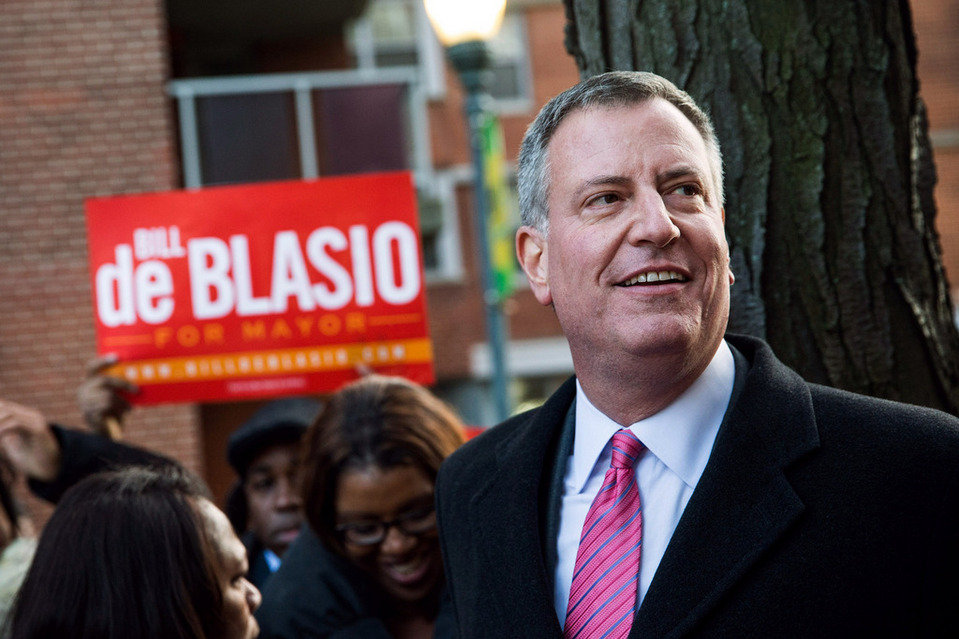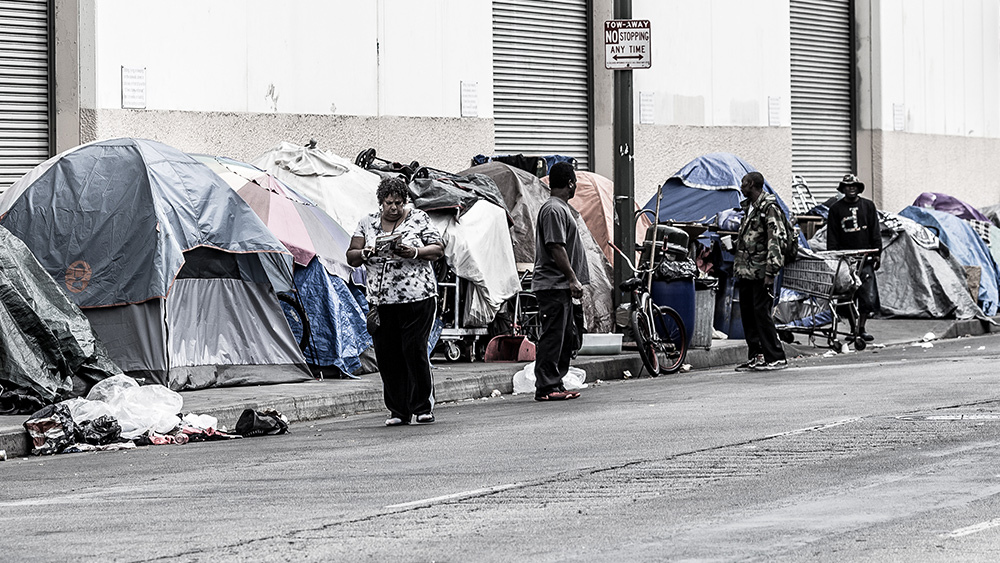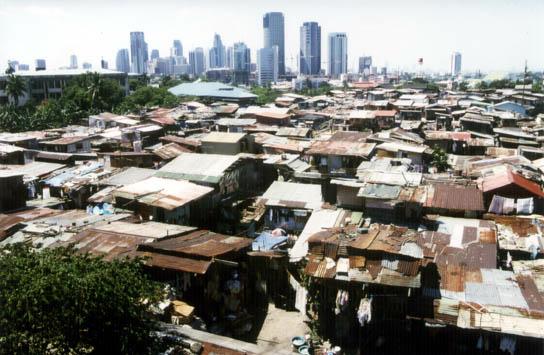
In fact, according to a recent report, nearly 60 percent of New Yorkers are just a single paycheck away from being out on the street.
As The Gothamist notes, more than half of New Yorkers do not have enough money stashed away to pay for housing even for a month in the event they lose their jobs or have some medical emergency (the latter of which wasn’t supposed to be an issue anymore, we were promised, under Obamacare!).
The Association for Neighborhood & Housing report further claimed that, based on the organization’s findings, some six in 10 New Yorkers also did not have the emergency savings to cover three months’ worth of household bills – including food, housing and rent – though the percentage is not evenly spread throughout the five boroughs of the city.
Remember, this is a Democrat-run city trying to get by in a lousy economy run by a Democrat president
The Bronx has the highest percentage of families absent emergency savings. In fact, in Mott Haven, Hunts Point, Melrose, Longwood, East Tremont, Highbridge, University Heights, Fordham, South Concourse and Belmost, three-quarters of families don’t have adequate emergency savings.
Meanwhile, the Staten Island neighborhoods of Great Kills and Tottenville have the lowest rate of families without adequate financial reserves – just 41 percent lack the funds necessary to cover three months’ worth of home expenses.
That means, essentially, that most New Yorkers are a paycheck away from being homeless.
The Gothamist noted:
Without these savings, families who face emergencies could be at risk of eviction, foreclosure, damaged credit, and even homelessness.
The most at-risk families, meanwhile are in the Brooklyn communities of Brownsville (70 percent); Bedford-Stuy (67 percent); Bushwick, (68 percent); East New York (67 percent); and South Crown Heights/Prospect Heights (67 percent). And in Manhattan, some 67 percent, on average, of families in Harlem, Inwood and Washington Heights do not have adequate savings.
In Queens, neighborhoods with the highest percentage of households lacking adequate savings were Elmhurst/Corona (64 percent); Rockaway/Broad Channel (60 percent); Sunnyside/Woodside (59 percent); and Jackson Heights (59 percent).
According to DNAInfo, rental assistance advocates – taxpayer-subsidized housing, in other words – say that is vital to prevent a rash of homelessness citywide (as opposed to, say, better jobs and opportunities) where rents are rising faster than are incomes in most of the affected neighborhoods.
The plan? One offered by Queens Assemblyman Andrew Hevesi would cost federal and state taxpayers another $450 million a year. The justification? Well, it would be cheaper than having more families enter the city’s shelter system, which of course is chronically underfunded.
Without proriding opportunities for New Yorkers to get by on their own, this problem will never be solved
In the meantime, the administration of socialist Mayor Bill de Blasio is expanding the city’s budget for homelessness prevention services, like legal services and emergency rental assistance (subsidies!) to help keep families in their homes (we’re still waiting on de Blasio’s plan to increase jobs, lower costs for businesses so they can hire more people and pay them better, and expand economic opportunities, rather than find new and creative ways to throw more money at the problem like his political soulmate, Hevesi, a Democrat).
In Fiscal Year 2015, the city spent nearly 180 million in emergency rent assistance to help some 53,000 households, according to city officials. That was nearly $3,400 per family – granted, far less than the $41,000 per family annually to stay in a shelter.
But homelessness is at an all-time high in the Big Apple, with more than 60,500 adults and children staying in shelters every night, according to the most recent data from the city’s Department of Homeless Services (that NYC even has to have an agency like that ought to tell you something).
There is an old saying that goes, “If you catch a fish for a man, you feed him for one day, but if you teach that man to fish, you feed him for a lifetime.”
New Yorkers are going to continue to subsist on government handouts until de Blasio and the other Left-wing socialist Democrats running that city and the state provide opportunities for residents to get by on their own.
Sources:
Please contact us for more information.























